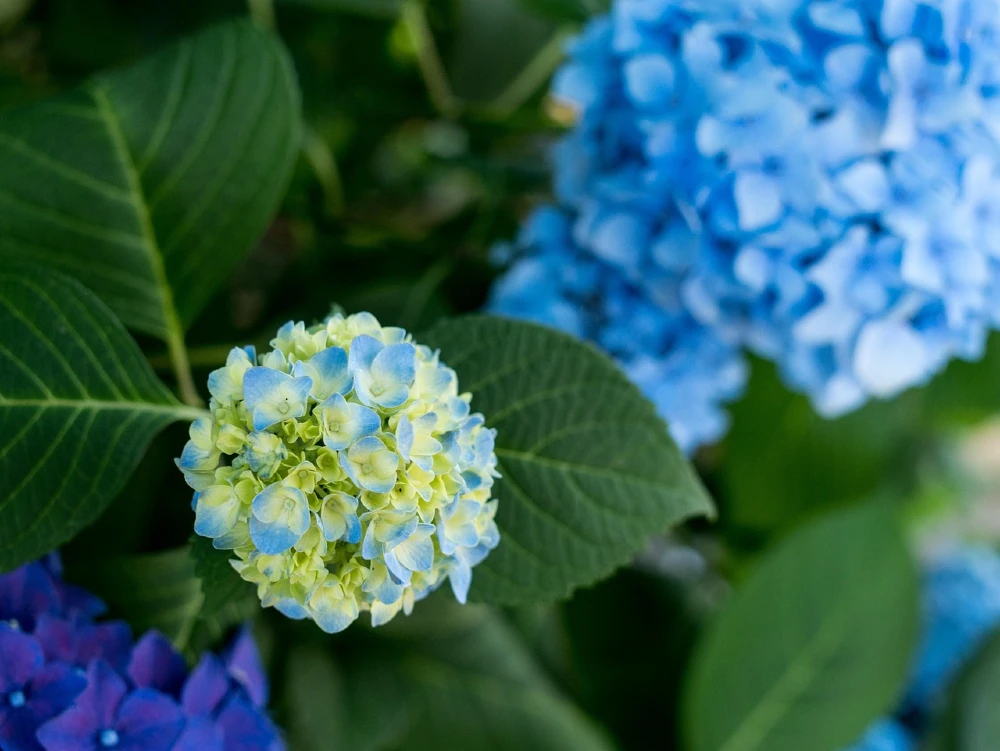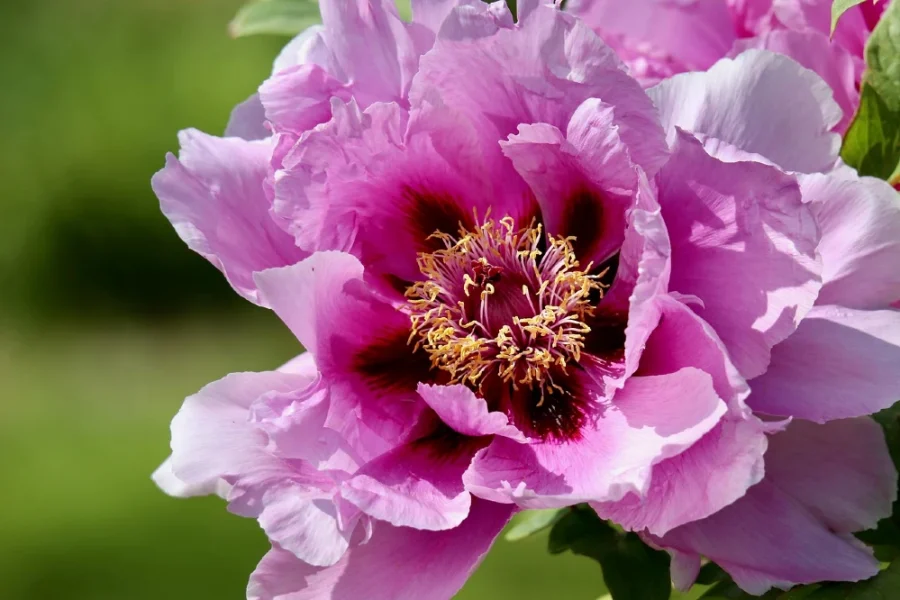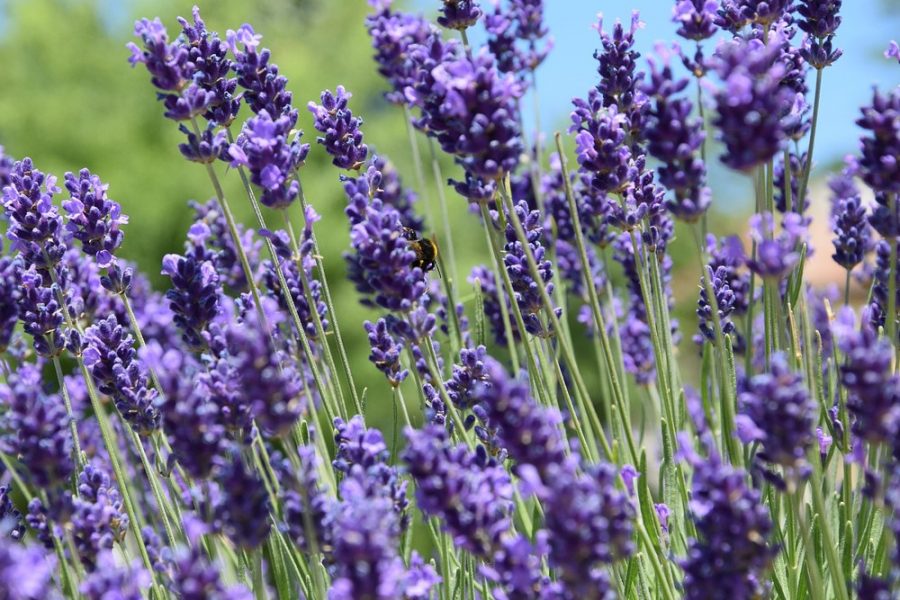Designing a new garden is both exciting and challenging—it’s where creativity meets practicality. Whether it’s a full-scale garden renovation or a blank canvas, here are the key things we consider when designing a new garden:
🌍 1. Location & Site Conditions
- Sun and shade – Note how the sun moves through your garden to position sun-loving and shade-loving plants properly.
- Soil type – Sandy, clay, loam? Do a simple soil test to check pH and structure.
- Drainage – Does the area flood or dry out quickly?
- Wind exposure – You may need windbreaks or shelter.
- Microclimates – Walls, trees, or slopes can create warmer or cooler spots.
🏡 2. Purpose & Function
Ask: What do I want from this garden?
- Relaxation space (e.g. seating area, decking, pergola)
- Entertaining (e.g. patio, firepit, BBQ zone)
- Growing food (vegetable beds, greenhouse, fruit trees)
- Wildlife attraction (pond, wildflower areas)
- Play space for children or pets
- Storage (sheds, bins, composters)
🖼️ 3. Style and Aesthetic
Consider the overall look and feel:
- Formal or informal?
- Modern, cottage, wildlife-friendly, Mediterranean?
- Symmetrical or organic shapes?
- Materials – gravel, paving, timber, metal, etc.
- Planting style – minimalist, bold tropical, romantic, or traditional?
✍️ 4. Layout and Structure
- Create a garden plan with clear zones (lawn, beds, paths, seating).
- Paths and access – Ensure easy movement and flow.
- Think about views from the house and focal points (sculpture, tree, archway).
- Use layers – trees, shrubs, perennials, ground cover – for structure and interest.
- Include year-round interest with evergreens and seasonal flowers.
🌿 5. Plant Choices
- Choose plants suited to your soil, light, and climate.
- Balance colour, texture, and height.
- Include:
- Long-flowering perennials
- Spring and autumn interest
- Winter structure (grasses, seed heads, evergreens)
- Consider maintenance – low-maintenance vs high-maintenance borders.
💧 6. Water Management
- Rainwater harvesting?
- Irrigation for dry spots or pots?
- Drought-tolerant planting?
- Consider permeable paving or gravel to avoid runoff.
🌱 7. Sustainability and Wildlife
- Use peat-free compost and organic practices.
- Plant pollinator-friendly species.
- Create habitats: bird boxes, log piles, hedgehog corridors.
- Consider rewilding areas or wildflower lawns.
💡 8. Lighting and Power
- Add outdoor lighting for ambiance and safety (solar, LED).
- Power points for water features, tools, or entertainment.
🔧 9. Budget and Phasing
- Set a clear budget and prioritise essentials.
- Consider a phased approach – start with hard landscaping, then plant in stages.
📏 10. Planning and Permissions
- Check for local planning rules (especially for decking, outbuildings, tree removal).
- Listed buildings and conservation areas have extra restrictions.




